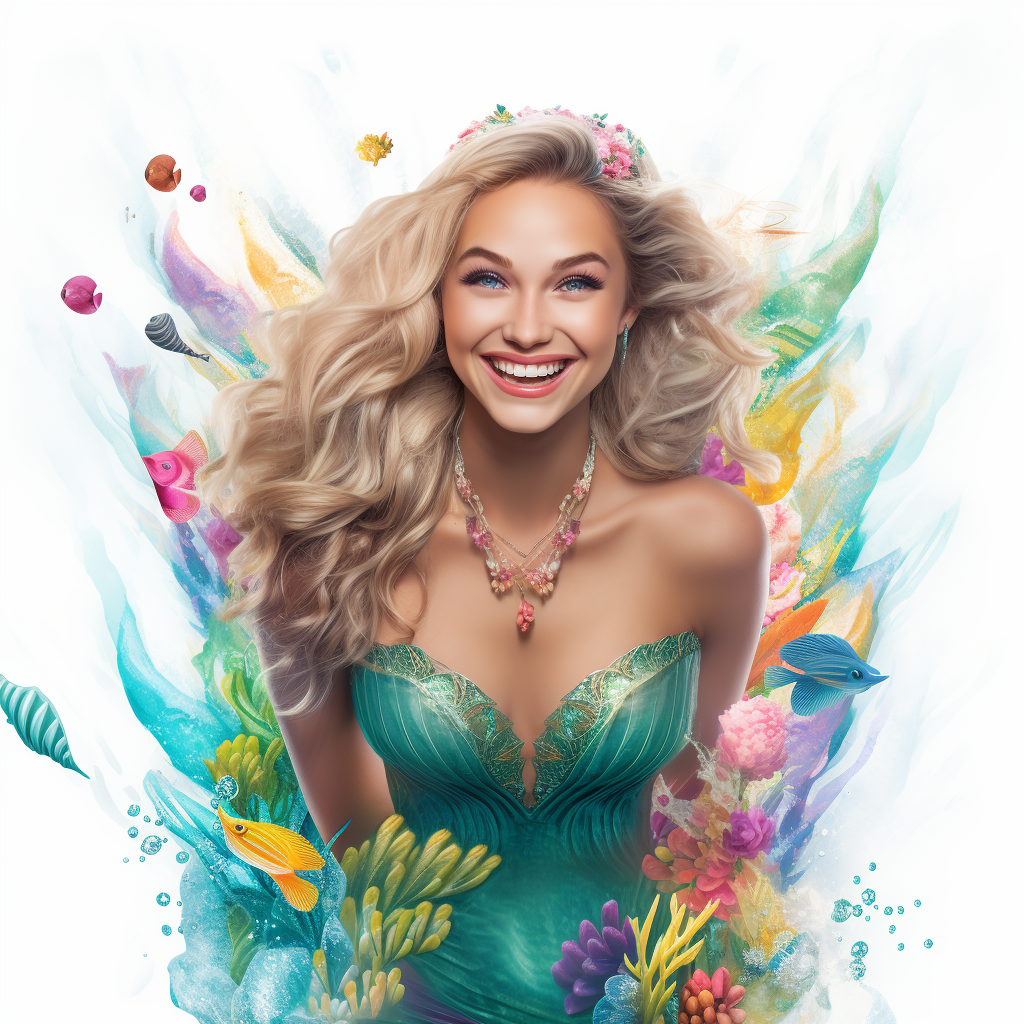For centuries, mermaids have captivated human imagination. From ancient folklore and classic fairy tales to modern movies and fashion, these enchanting mythical creatures continue to resonate with us. But what is it about mermaids that fascinates us so? Why do we love them? To understand this, we need to dive deeper than the shimmering surface and explore the psychological, cultural, and aesthetic aspects of our mermaid fascination.
At a psychological level, mermaids can be seen as the embodiment of the allure of the unknown. Their human-like appearance draws us in, yet their fish-like tails remind us that they belong to a world that remains largely uncharted and mysterious. This combination of the familiar and the unfamiliar strikes a chord with our innate curiosity, feeding our fascination with these creatures.
Culturally, mermaids often symbolize freedom and rebellion against societal norms. Mermaids live in the boundless ocean, unconstrained by the restrictions of terrestrial life. This notion of unbridled freedom, coupled with their unique ability to traverse the land-sea boundary, makes them a potent symbol of breaking free from societal constraints and expectations. This aspect of mermaid lore can be particularly appealing in our increasingly complex and rule-driven society.
From a historical perspective, mermaids have long been integral to seafaring myths and legends. For sailors, they were symbols of the capriciousness of the sea – beings that could bring either good luck or disaster. These tales passed down through generations continue to inform our collective fascination with mermaids. The enduring appeal of these stories suggests a deep-seated human desire to believe in something magical and otherworldly, even in an age dominated by science and technology.
Aesthetically, the image of a mermaid — with her flowing hair, enchanting voice, and shimmering tail — is undeniably beautiful and captivating. This aesthetic appeal plays a significant role in our fascination with mermaids. From art and literature to fashion and home décor, the mermaid motif is a common sight, reflecting our ongoing desire to capture and recreate their beauty in various forms.
Additionally, the character of the mermaid can also be seen as a celebration of feminine strength and resilience. Despite often being portrayed as vulnerable or in peril (as in the story of Hans Christian Andersen’s Little Mermaid), mermaids typically exhibit a tenacity and courage that ultimately see them through their trials. This representation of mermaids as resilient and resourceful beings can be both empowering and inspiring, particularly for female audiences.
In conclusion, our love for mermaids is deep-seated and multifaceted, reflecting a myriad of psychological, cultural, and aesthetic factors. They embody our curiosity about the unknown, symbolize our desire for freedom, remind us of our historical roots, captivate us with their aesthetic appeal, and inspire us with their strength and resilience. It’s no wonder that these magical beings of the sea continue to hold a special place in our hearts and imaginations.





